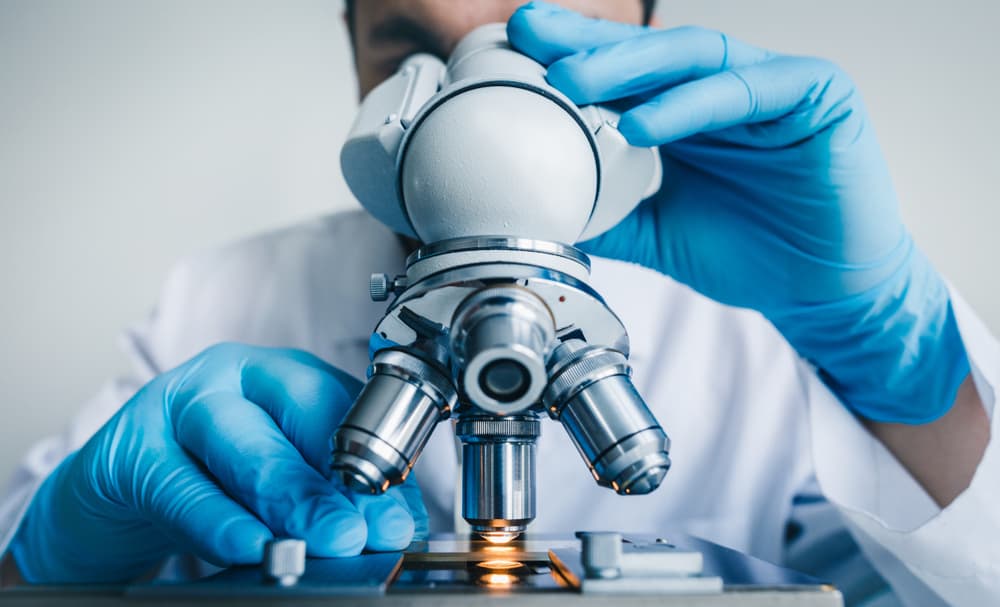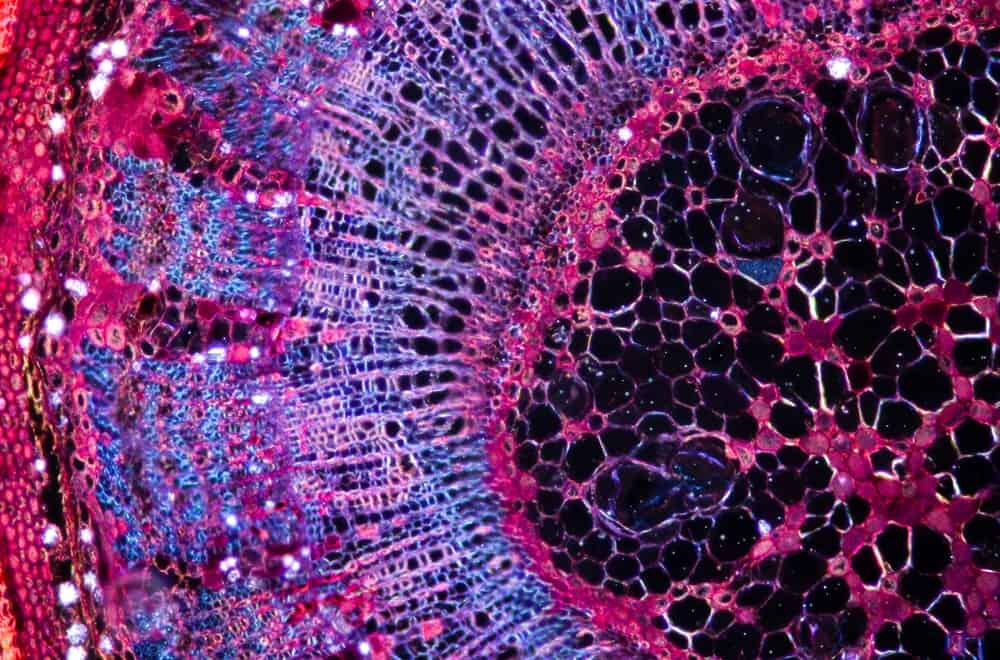
You’ve likely encountered this scenario before if you’re in a scientific or medicinal study field. You’re examining a specimen and want to compare two different samples under a single microscope. This can prove tricky with a single-lens microscope, as you want to avoid putting two samples under the same examination space. This is where dual microscopes can come in handy.
A dual microscope is a specialized microscope that allows for the simultaneous viewing of two separate samples under one lens. It not only allows you to view two different specimens with the same microscope, but two users can also view different specimens or the same specimen from the same microscope body.
In this article, we break down how a dual microscope works, its common uses and applications, and why it’s beneficial in the scientific field.
Contents
How Do Dual Microscopes Work?

A dual microscope works similarly to a single microscope in that its functionality and the way it works are the same as a microscope. The main difference is that a dual microscope can have two users on a single microscope or two specimens on a single viewpiece.
The dual microscope consists of two independent sets of eyepieces on a single body. This allows two users to view different specimens or the same specimen from different angles or with different magnifications.
The dual microscope typically has two stages, one for each sample, which are mounted side-by-side. Each stage is independently adjustable, allowing the operator to position the samples to the desired angle and distance for optimal viewing. The eyepieces and objectives can also be adjusted independently so that each user can view their sample at the desired magnification.
Types of Dual Microscopes
A dual microscope can come in several different configurations, depending on the type of samples and materials needed to be viewed. Two common types of dual microscopes are stereoscopic and compound.
These microscopes perform the same functions as a regular microscope, meaning they can have additional features, such as digital imaging or video recording and image capture.
Stereoscopic Microscope
A stereoscopic microscope uses a high depth of field to view the object, and you can view large objects at the same time as smaller ones. It uses two different optical paths, allowing you to view two different viewing angles simultaneously. It’s also great for instances of low magnification from 2 to 100x.
Compound Microscope
On the other hand, a compound microscope uses multiple lenses to view the same sample. These are for viewing samples at high magnification, from 40 to 1000x. These views come from the ocular and objective lenses, one closer to your eye and one close to the sample.
Common Applications for Dual Microscopes
When it comes to common applications for a dual microscope, you can use it in many different fields. In a broad sense, any application requiring two specimens to be examined simultaneously or two subjects who need to view the same specimen simultaneously requires a dual microscope.
You can typically see a dual microscope used in materials science, medicine, health sciences, electronics, engineering, and manufacturing. These are fields where it can be necessary to compare two different samples or to inspect multiple features of a single sample simultaneously.
For a Second Pair of Eyes
This can be especially handy when a supervisor or technician must check a sample’s quality. Having two people inspecting the same sample simultaneously can improve efficiency and analysis, making it a valuable asset in several industries.
Teaching and Educational Environments
Another useful application for a dual microscope is in a teaching environment, such as a laboratory or classroom, where two students can view the same specimen at the same time. This can be particularly useful for educational environments and partner work.
Material Science
One common application for dual microscopes is in material science research and manufacturing. In this case, you wouldn’t need two people looking at one specimen, but it is often necessary for this field of work to compare the microstructures of different materials. Or, you can use it to analyze the interaction between two materials.
For example, a dual microscope can be used to compare the microstructures of two different metals to determine their composition.
Electronics
In electronics manufacturing, a dual microscope is often used to inspect components of delicate, complex electronics. For example, a dual microscope can inspect multiple circuit board components simultaneously or compare two different circuit boards.
Biology

Another common application for a dual microscope is in biology research. This can be especially useful for researchers to view two different specimens simultaneously. This way, they can observe the behavior of different types of cells and compare their structure, furthering their knowledge of how various organisms work in different cell structures.
Conclusion
If you’re looking for a practical way to multitask or have two colleagues studying simultaneously, a dual microscope is a handy tool for research. You can further your ability to analyze and compare two specimens at once while in a controlled environment. This makes the dual microscope a valuable tool for research in many different fields, from material science to electronic manufacturing.

